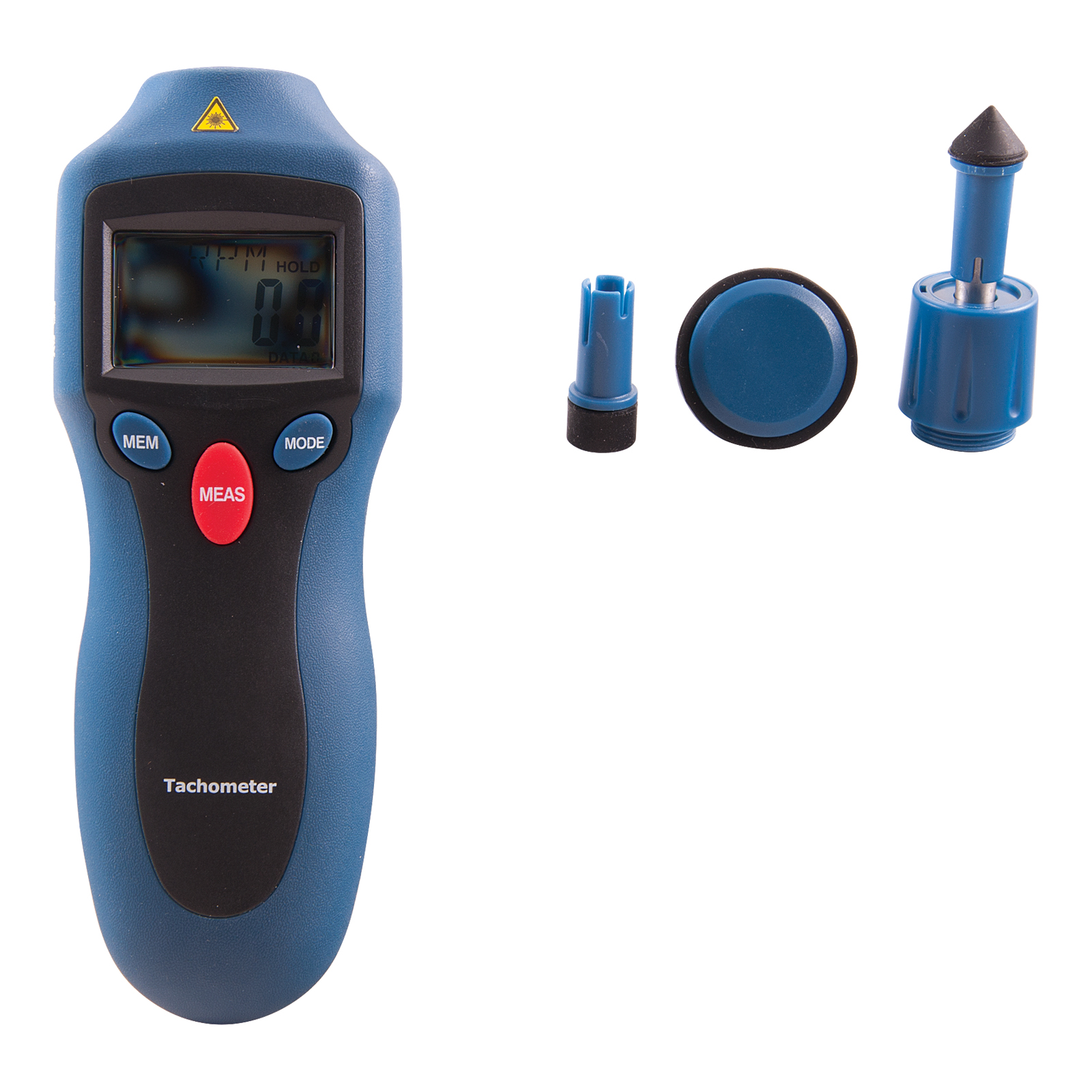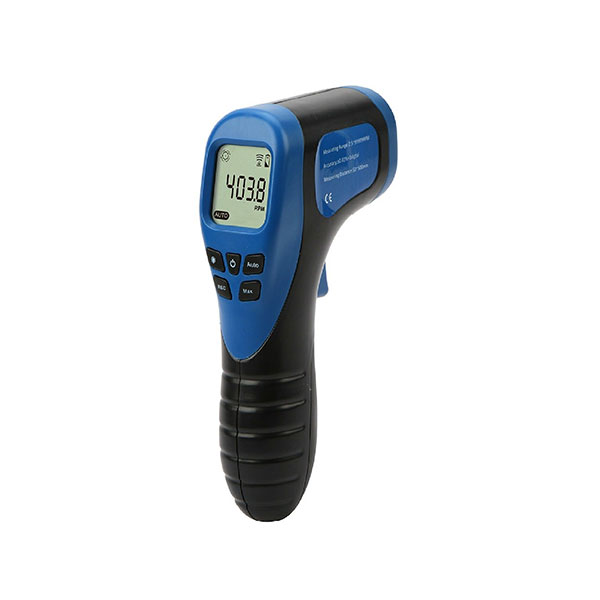The Significance of a Tachometer in Checking Engine Speed and Efficiency in Automotive Applications
In the world of vehicle engineering, the tachometer stands as a crucial tool in the driver's collection, offering a straight home window into the internal operations of a vehicle's engine. Past its function as a mere gauge of revolutions per minute (RPM), the tachometer serves as a critical tool for lovers and specialists alike, providing real-time understandings right into engine performance and health and wellness. Recognizing the significance of this gadget surpasses surface-level monitorings, delving into the complex partnership between engine speed, power outcome, and total driving experience. As we discover the multifaceted role of the tachometer in vehicle applications, a much deeper admiration for its influence on car characteristics and performance starts to emerge.
Significance of Keeping An Eye On Engine RPM
Checking engine RPM, or transformations per minute, is a critical facet of automotive upkeep and performance evaluation. Engine RPM straight correlates with the rate at which the engine's crankshaft turns, indicating just how swiftly the engine is running.
Additionally, monitoring engine RPM is essential for efficiency evaluation in auto racing and high-performance automobiles. Maintaining ideal RPM degrees is vital for achieving peak power outcome and velocity. Racers typically make use of tachometers to ensure they are running within the perfect RPM array for maximum performance. In recap, keeping track of engine RPM is not just vital for finding issues however additionally for optimizing engine efficiency in numerous automobile applications.

Advantages of Real-Time Information
In automotive applications, real-time data plays a vital duty in providing instant insights into the efficiency and condition of the car. By constantly keeping an eye on different specifications such as engine rate, temperature level, gas intake, and extra, real-time data supplies various advantages that add to boosted effectiveness and safety and security on the road.
One substantial advantage of real-time data is its capacity to alert drivers and technicians to any type of abnormalities or concerns quickly. This aggressive method enables quick recognition of potential issues, enabling prompt treatments to stop additional damage or breakdowns. Additionally, real-time data helps with efficiency optimization by supplying instant responses on driving habits and engine efficiency. Vehicle drivers can readjust their behavior in real-time based upon this details to accomplish far better gas economic situation and extend the life expectancy of their car.

Moreover, real-time information plays a vital function in modern-day automobile diagnostics, making it possible for specialists to quickly identify and resolve malfunctions. This causes reduced downtime, lower upkeep prices, and ultimately, enhanced total vehicle dependability and long life (tachometer). By utilizing the power of real-time data, auto stakeholders can make informed decisions that positively affect both the efficiency and longevity of the car
Effect On Equipment Shifts
The tachometer official website plays an essential function in maximizing equipment shifts by offering real-time engine rate information to the driver. When coming close to the redline on the tachometer, it signifies the vehicle driver to upshift to protect against over-revving the engine and creating potential damages.
Moreover, the tachometer aids in achieving get more smoother gear shifts, specifically in manual transmissions. By keeping track of engine rate, chauffeurs can carry out equipment shifts at the ideal RPM range, minimizing snagging movements and lessening endure the transmission elements. This accuracy in equipment modifications not only enhances driving convenience yet additionally contributes to fuel effectiveness.
Enhancing Fuel Efficiency
Given the crucial role the tachometer plays in enhancing gear shifts for performance and engine health, it straight adds to making the most of fuel efficiency in automotive applications. By offering real-time responses on engine rate, the tachometer assists drivers in keeping the most reliable RPM array for fuel economy. When motorists consistently check the tachometer my explanation and adjust their motoring habits as necessary, they can avoid unnecessary gas consumption triggered by over-revving or lugging the engine.
Additionally, the tachometer helps motorists recognize the most fuel-efficient equipment to be in at any kind of given moment, preventing the engine from working more challenging than necessary. This is especially crucial during velocity and travelling, where remaining in the best equipment can dramatically affect gas performance. Additionally, the tachometer can inform vehicle drivers to potential mechanical problems that might be adversely influencing fuel economy, such as a slipping clutch or a stopped up air filter. Finally, the tachometer acts as an important tool in improving gas effectiveness by advertising optimum driving habits and identifying areas for enhancement in the automobile's efficiency.

Taking Full Advantage Of Engine Durability
The tachometer's function in keeping track of engine speed and performance is important in guaranteeing the longevity of automotive engines. By making use of the tachometer properly, motorists can optimize engine longevity via conscious RPM management. Consistently revving an engine too expensive can cause extreme wear and tear on critical parts, such as the pistons, shutoffs, and bearings. Over time, this can cause reduced engine performance and possible malfunctions. Monitoring the tachometer enables chauffeurs to remain within the suggested RPM range for their automobile, avoiding unneeded pressure on the engine and expanding its lifespan.

Conclusion
To conclude, the tachometer plays a critical duty in checking engine speed and performance in auto applications. By supplying real-time data on RPM, it permits for effective gear changes, improved gas effectiveness, and made the most of engine long life. This tool is essential for preserving optimal engine performance and guaranteeing the general functionality of a vehicle.